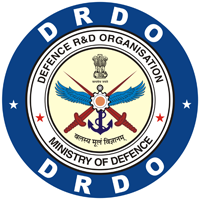A High Transmission Coefficient, Ultra-Low Noise and Wideband LNA for Use in Defence Applications
DOI:
https://doi.org/10.14429/dsj.20783Keywords:
Dynamic range, Linearity, Stability, Transmission coefficient, Undesired signal levelAbstract
The echo signal amplitude received by radar is very low, necessitating signal amplification for effective detection and processing. A Low Noise Amplifier (LNA) has been developed to boost signal amplitude without adding extra noise. This paper presents innovative techniques such as gm-boosting, RC coupling, an L-type matching network, and common source inductive degeneration. These techniques achieve a wide bandwidth of 1.3 GHz (4.7 to 6 GHz) and a low undesired signal level of 0.8 dB. The bias network enhances transconductance, resulting in a gain of 36-40 dB, while the RC coupling network ensures stability from DC to 36 GHz. The LNA achieves an output 1 dB compression point of 9 dBm, an OIP3 of 23.91 dBm, a sensitivity of -137.8 dBm, a linear dynamic range of 108.8 dB, and a spurious free dynamic range of 87.87 dB. This LNA operates well in RF interference environments and demonstrates strong detection capability and linearity. Built on GaAs technology, the MMIC circuit has a compact footprint of 3.5052 mm². This efficient LNA boosts the tracking range from 128 km to 243 km when integrated into larger systems.
Downloads
Published
How to Cite
Issue
Section
License
Copyright (c) 2025 Defence Scientific Information & Documentation Centre (DESIDOC)  Where otherwise noted, the Articles on this site are licensed under Creative Commons License: CC Attribution-Noncommercial-No Derivative Works 2.5 India
Where otherwise noted, the Articles on this site are licensed under Creative Commons License: CC Attribution-Noncommercial-No Derivative Works 2.5 India

